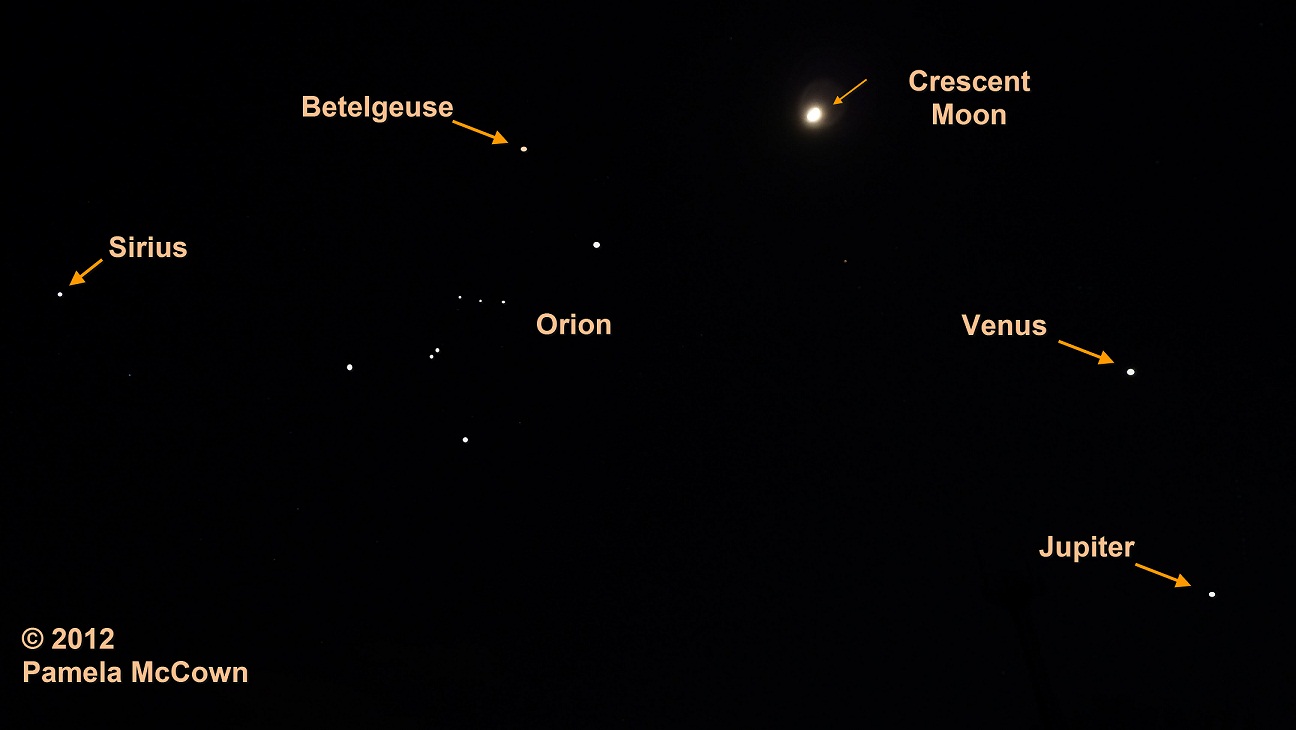
The evening sky holds many wonders — but few are as wondrous as getting to see some of the brightest objects in our sky all clustered together. Such was the case last night when the crescent moon was accompanied by the brightest planets in our sky along with the constellation Orion and the bright star Sirius — an amazing site that you may be able to catch again this evening if you look to the west after the sun sets.
Author: Pamela McCown
Showing 43-50 of 50 results
Spring has sprung!
As we woke up this week to the vernal equinox and the first full, official day of spring, many across Western North Carolina are dealing with an early spring that seems to have gone haywire.
Spring’s scattered thunderstorms return to the mountains
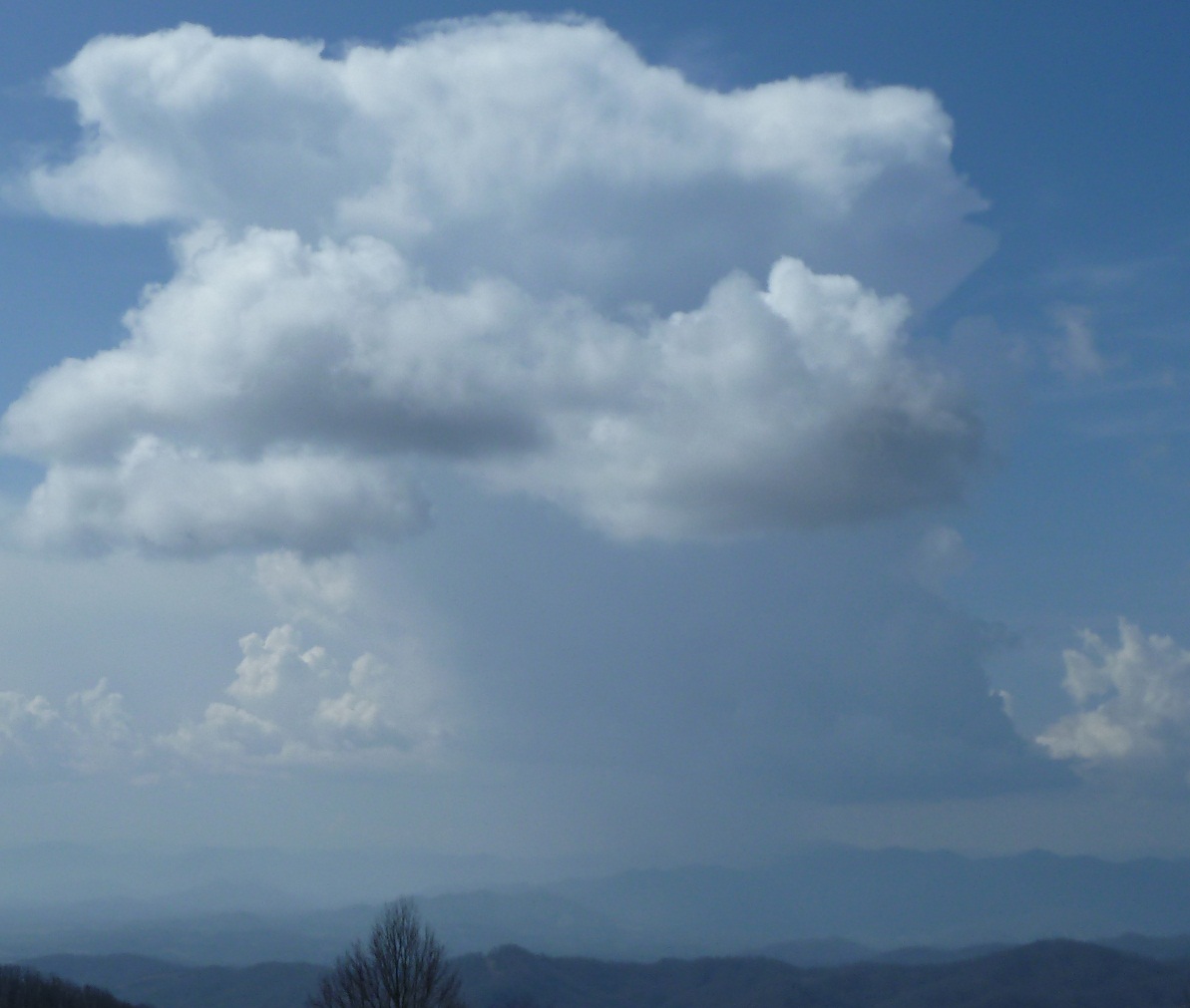
For many of us in the mountains, it seems that spring has sprung almost overnight as trees are flowering, birds are singing and allergies have hit full force (cough, cough). Another sure sign of spring: Scattered thunderstorms that pop up in the heat of the sun.
The word of the season is . . . variability
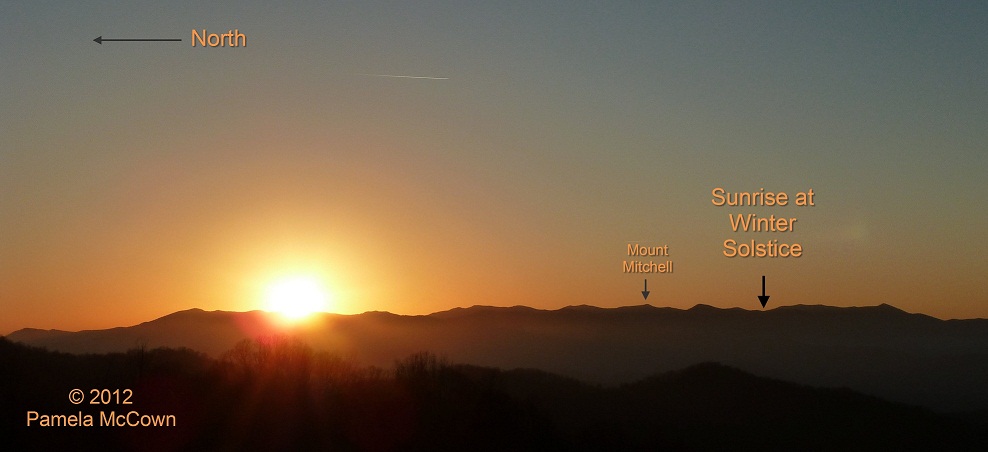
As we say goodbye to February and hello to the coming spring — you’ll notice how changes to our environment seem to happen very quickly this time of year.
The weather seesaw returns
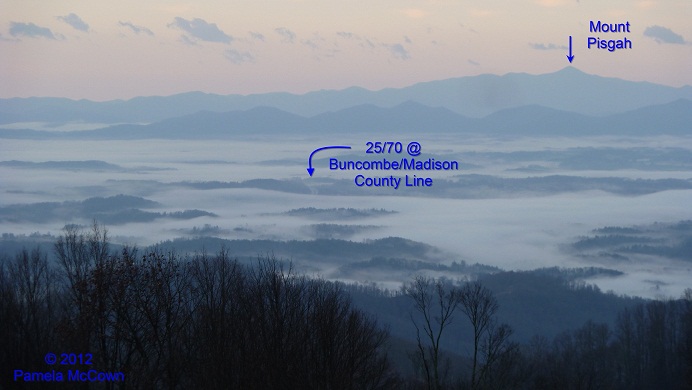
Many of us woke up Thursday morning to widespread fog across the French Broad River Valley, thanks to rains overnight that caused the layer of air at ground-level to become saturated – producing a cloud on the ground – or fog. Big changes are on the way with a strong cold front bringing an end to the mild weather on Friday.
Where is winter? Look to the polar vortex
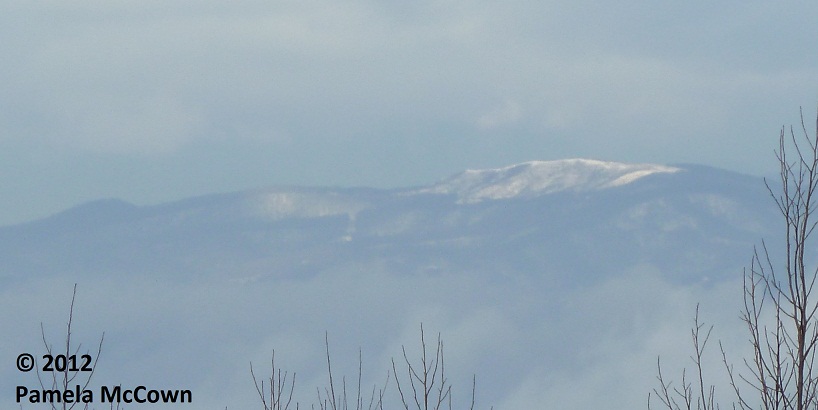
Snowflakes were flying earlier this week, as Valentine’s Day started off white at the higher elevations.
Snowflakes were flying earlier this week, as Valentine’s Day started off white at the higher elevations. This image of Max Patch in western Madison County shows the short-lived snow. So – what has happened to this winter? Why has it been so different than the last two years?
W is for water – not winter (apparently) in WNC
As we head into February, Western North Carolina continues to see plentiful rain as a steady stream of weather systems spread rainfall across the southern plains and into our area.

Our planet – A unique view of a truly unique place!
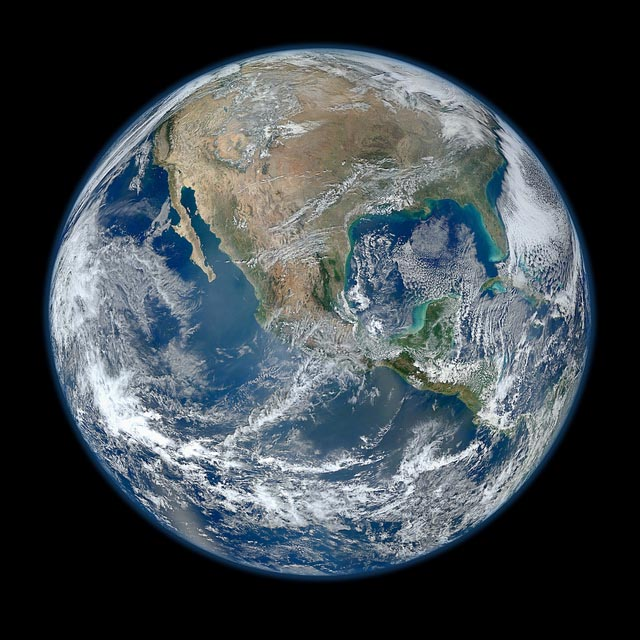
From the first full image of our planet shot by Apollo astronauts to the latest full disk image produced by NASA’s Suomi NPP satellite — we continue to marvel at the beauty of our unique planet as we gather critical data about its weather and climate.


